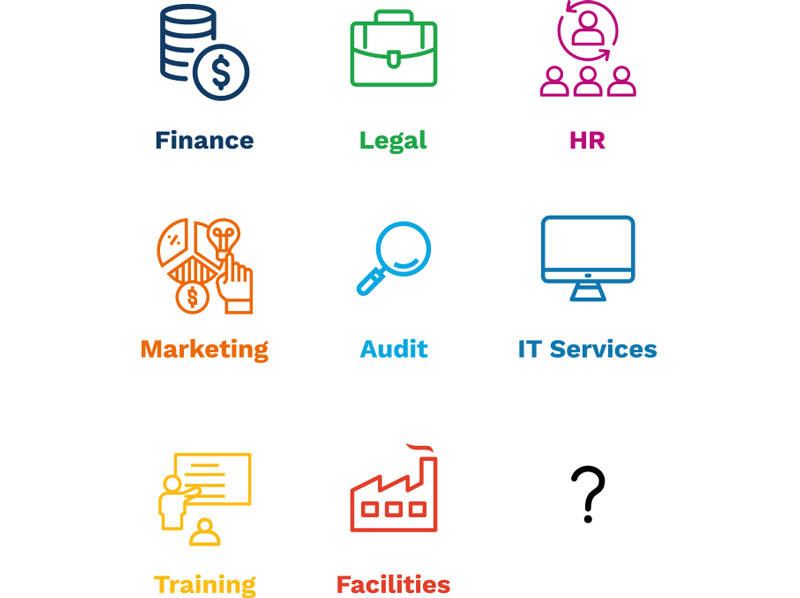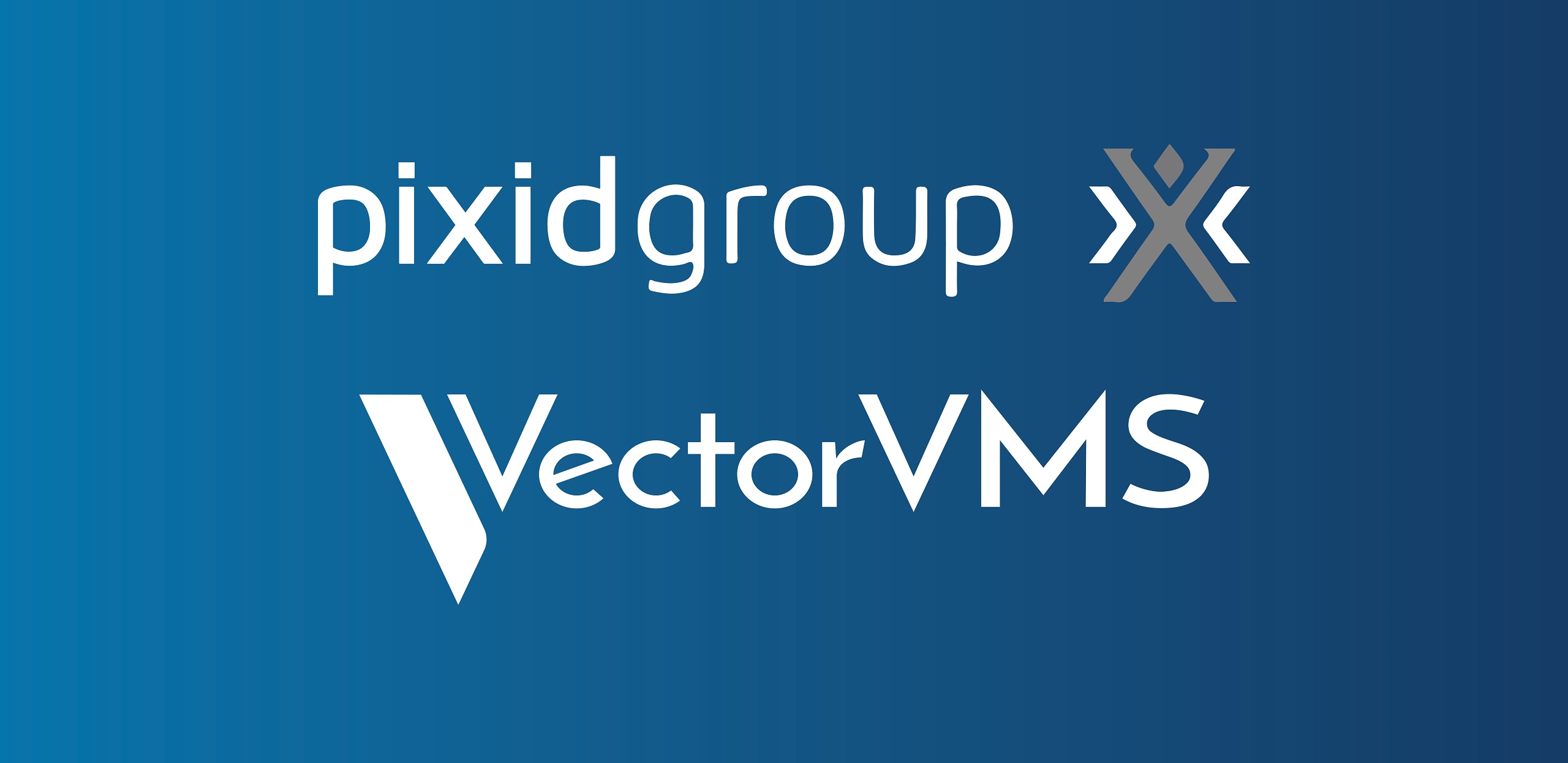The first step when it comes to building a best-practice services procurement program is to compile what you know about active projects. This may seem like a daunting task at first but when you break it down into these easy steps, you can build a picture of the current state of your statement of work initiatives.
This blog post covers some of the essential steps that will help you assess your projects and clearly define what you’re working with before trying to implement a full SOW program.
Discover more on this topic with our ‘9 Steps to SOW Success’ ebook: Download it here.
Review Your Current SOW Templates Today to Understand What Type of Contracts You Have in Place
Looking at current and past SOWs will help you define what type of contracts are typically utilized. For example, most contracts are either:
- Global contracts
- Category
- Supplier-specific contracts
Once you have identified the contract types you should also take into consideration the language in your current contracts. This will let you outline what your SOW templates will look like moving forward. From your current contracts, you can decide what you want to reuse in regards to:
- Standard language
- Typical deliverables
- Timescales and materials
Related reading: ‘5 Tips for a Successful VMS Implementation’
Determine Which Departments Utilize Project-Based Work
Work with department heads to determine which business units are utilizing SOW-based work. It will take strong inter-departmental communication to outline the teams that are already utilizing project-based work, and those who plan to in the future. But don’t be daunted—putting in the work and forming those relationships upfront will pay off down the line.
Without a Vendor Management System (VMS), it may be difficult to obtain this information straight away. After implementation, you may need to adjust your scope, but you should be able to get a decent picture from your communication with department heads.

Determine Who Your Suppliers Are
Most companies have a decent handle on their contingent suppliers, but outlining who their SOW suppliers are can be difficult.
When categorizing your SOW suppliers, break them out by:
Group → Services, projects, consulting
Spend → Who has the most projects by volume
Category → What type of labor/services do they provide
Location → Align vendors with the regions they serve
General Performance → Tier your vendors to incentivize performance
These steps will help you assess your Active Projects. This is a crucial stage that helps you assess what your desired future state will look like. There is no need to recreate the wheel here. Examining what you currently have, and leveraging the aspects you like, will save you time and headaches down the line.
For more information on how to implement a best-practice SOW program, check out our ebook ‘9 Steps to SOW Success’.
 Meet the Expert
Meet the Expert
Taylor Ramchandani – VP of Strategy
Taylor Ramchandani is responsible for the management and strategic planning of the VectorVMS vendor management system. Taylor is committed to client satisfaction and to ensuring VectorVMS technology meets the current and future needs of clients and managed service providers (MSPs). She uses market research and in-depth industry experience to create products and services that make extended workforce management efficient and intuitive. Taylor oversees product development, marketing, and business partnerships for VectorVMS and is responsible for driving innovation for contingent workforce management. Connect with her on LinkedIn.



